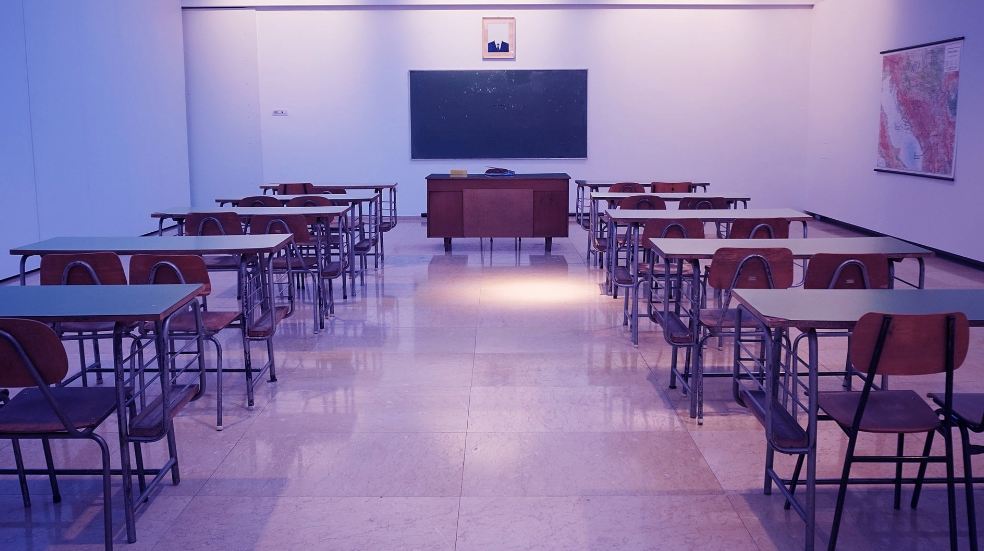Temporary buildings possess some great benefits over conventional brick-and-mortar structures. These days, temporary structures can be used for residential needs, setting up manufacturing plants and warehouses, and even as school buildings.
In this guide, we will take a look at some of the great benefits of temporary structures. Besides that, we will also review some of the top features that temporary structures possess over conventional brick-and-mortar houses.
Shorter Construction Time
When it comes to building and construction, time is always a vital aspect. Most conventional buildings can take anywhere from a month to a year. More time often translates to more money spent.
However, temporary buildings take lesser time. The structures are built from prefabricated materials, meaning that all you need is to set up a floor where the beams will be secured. The labor required is far less compared to when building a permanent structure of the same size.
More Room
Temporary buildings do not have columns running through the middle of the structure. This means that you have plenty of room without any obstructions. This often comes in handy if you’re planning to set up a warehouse or car yard.
More room also means that the building can be used for a variety of needs. Temporary structures can be used to set up indoor arenas, manufacturing plants, and even classrooms. The building is also fitted with large windows and clear PVC roofing to ensure maximum light is allowed into the structure.
Low and Cheap Maintenance
Maintenance of temporary structures is quite cheap. For one, the buildings are built using prefabricated materials that come with a warranty. As such, if the materials require any replacement, the company that supplied it will replace them for free.
Temporary structures do not require regular maintenance. The walls and roof are typically built from high-quality PVC material, making them completely waterproof.
Temporary structures from Smart-Space are also fitted with insulation material to ensure that there is no heat loss during the cold months. The walls are fitted with large windows to allow maximum light. As such, during the day, you don’t need to switch on the lights, thus saving a lot on energy bills.
Temporary Structures Are Portable
Unlike brick-and-mortar houses, temporary structures can be moved from one location to another. This is the main reason why they are called temporary structures. Temporary buildings can always be a plus, especially if you’re operating on leased property.
You can have the structure dismantled and the materials transported to the new area where you want to set it up. This is always a plus for people operating mobile training sessions or event planners.
Types of Temporary School Buildings
There are plenty of temporary solutions that are designed for use in the education sector. The first option is temporary steel classrooms. This structure is fitted with wall insulation and is a perfect option for setting up classrooms, school offices, and labs.
Temporary classrooms and halls built from industrial tents are also available. These buildings are fitted with thermo insulated walls and are a great option, especially for schools in warm regions. Setting up such structures takes less than a week.
Bottom Line
Temporary structures are a plus and offer many advantages over regular buildings. They often come in handy, especially if you have limited time to set up a building. You can also use them for a variety of needs such as setting up a factory, school, indoor arena, or warehouse. The buildings can be custom-made as per your needs.



